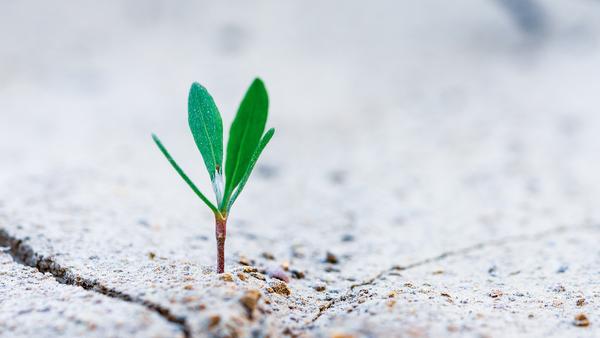QUESTIONS & OBSERVATIONS
We are trying to understand pain as “biopsychosocial.” What does this mean for how we define the body and the mind?
When we consider social factors of disease, health, and healing, what do we mean by social? Is society something local and unique that we create or is it largely uniform and beyond our control?
Is the social something natural and integral to our complex physical and psychological functioning, or is it something fundamentally different—an unrelated and complicating factor that resembles “survival of the fittest” but has little or even negative evolutionary relevance?
To what extent does the social encompass the built environment in our consideration of its relationship to healing and pain? To what extent is the built environment hostile to or conducive of health?
The environment. Is our environment supportive of the self-regulating, self-organizing and self-healing nature of our bodies? Does it provide the supports and stimuli we understand to have given rise to the adaptations characteristic of the human being? Clearly it does not. The real question is how we can discuss, analyze and study health without first eliminating the effect of this determinant factor.
Have you ever had a discussion with a medical provider that included this factor?
Have you ever read a research article that provided for this fact in its prefatory methodological considerations?
Is it unnecessary or fundamental? If it is unnecessary, what is our definition of society.
If we return a bird with a broken wing to its original state and return it to an environment of drought, is this healing?
If we replace a knee and return the person to the exact conditions that led to the deterioration, is this a valid protocol?
When we consider emotional aspects of healing, what emotions are the most supportive and what emotions are the most destructive?
If we can identify these emotions what are the typical contexts in which they arise and how does this relate to social structure?
Trauma and shame are of interest in neurological discussions of the biopsychosocial or polyvagal theory. How do trauma and shame affect health, injury or illness and healing? What do we understand about the body now that we did not understand before that can shed light on the impact of these powerful experiences?
The social cannot be understood without a discussion of social power and inequity. Can we make meaningful generalizations about how these impact the body in terms of health and healing? Is there enough uniformity in social structure or social experience that these generalizations are meaningful to large numbers of people?
What is our theory of mind? Are the social and the emotional mental or physical, another category entirely, or a combination of these? What is the prevailing practice and does it contradict our own practices and beliefs of what is healthy?
Movement is the key to understanding all of these questions. How does placing movement at the center of our being change our understanding of the social, the emotional, the built environment, and health in the modern world?

